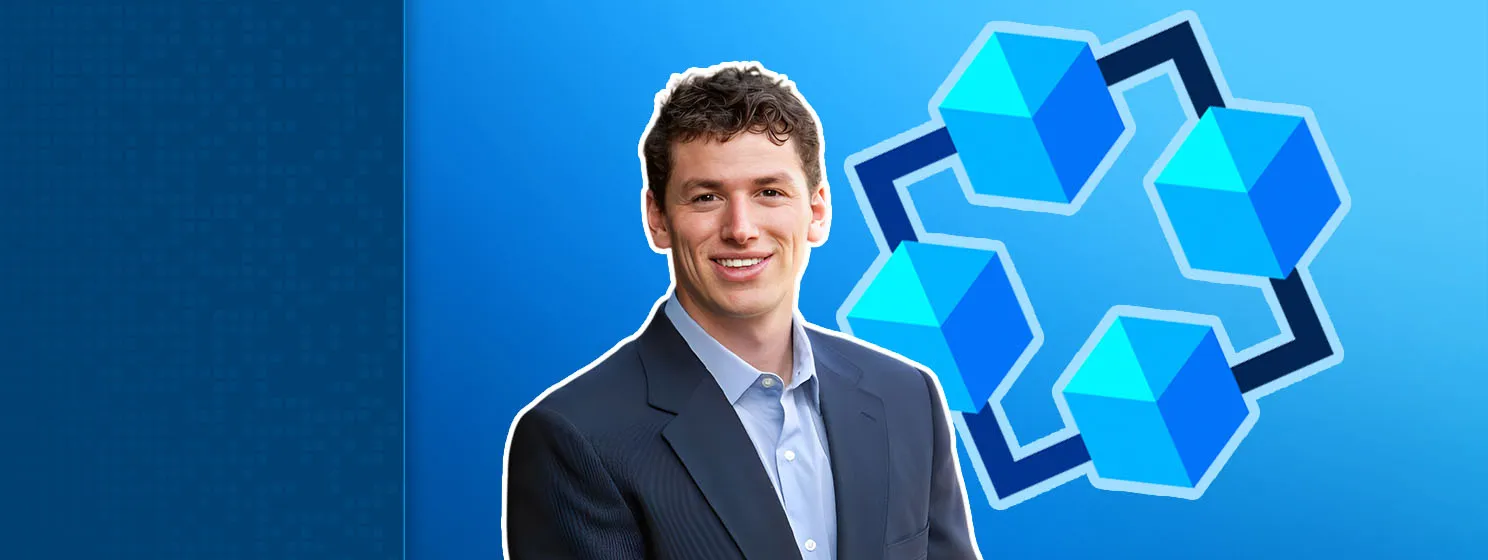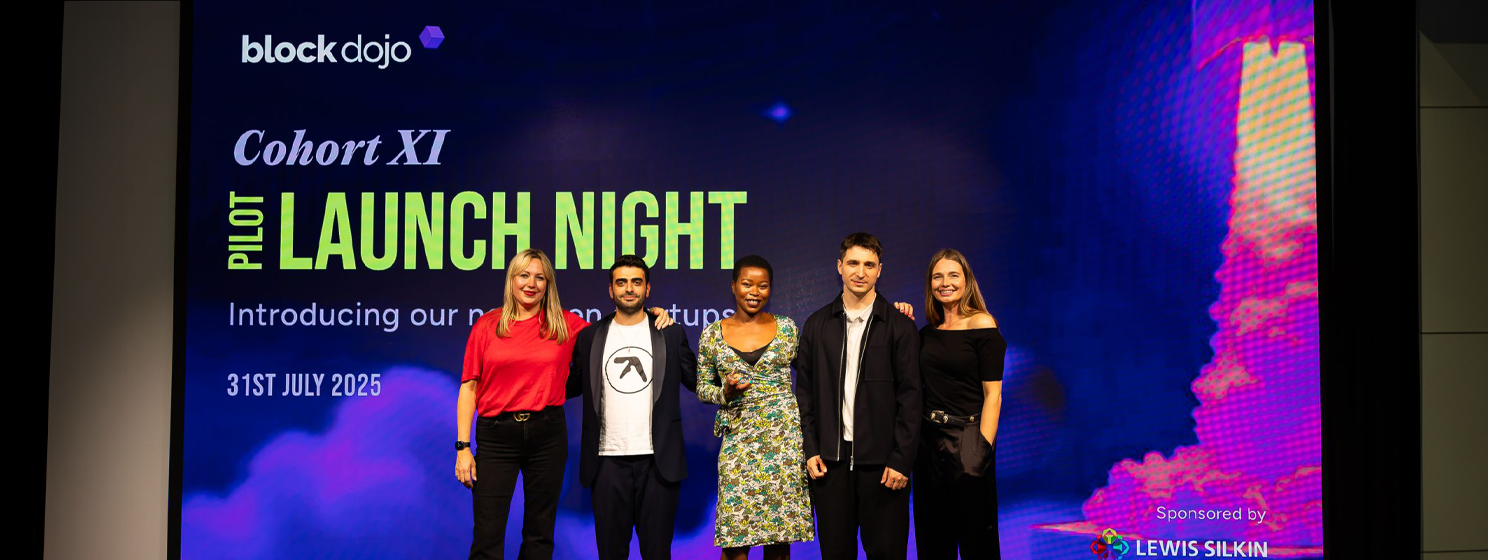|
Getting your Trinity Audio player ready...
|
On this week’s episode of the CoinGeek Weekly Livestream, BINARY founder Mitch Burcham told Kurt Wuckert Jr. about the state of the U.S. grid, how solar power will revolutionize energy, and how a more robust, decentralized grid can be built on the Bitcoin protocol.
Who is Mitch Burcham? And a bit about the US grid
Burcham is an entrepreneur and Founder of BINARY. He’s also the National Blockchain Director at the Homeland Security Taskforce, giving him unique insight into both the government and business worlds.
Burcham describes the last few years of his life as a “deep dive” into the American grid. He describes it as highly complex and originally built by central planning. At its inception, Alternating Current (AC) won out, and they got economies of scale via coal-fired plants and hydro dams.
While it still works great, the way it was designed created monopolies. Everything relies on the wires that the companies that built the grid own, and to this day, it depends on the monolithic structures they control. Burcham describes this as “infrastructure jenga,” warning that it will inevitably collapse.
This inevitable collapse is a feature of the top-down model, Burcham tells us. Thankfully, we now have solar panels—a distributed technology that can power almost anything locally.
What is Burcham’s idea for a more robust grid?
Burcham begins his answer by stating an obvious fact: the sun is the biggest energy producer we’ll ever find. It emits limitless energy wirelessly, giving him nuclear fusion on his rooftop. The Earth always has been and always will be solar-powered, so this energy source is part of the solution for him.
However, the power source is only one element of a more robust, decentralized grid. They produce direct current (DC) electricity, which has to be inverted, and inverters introduce vulnerabilities like cybersecurity threats. In his vision, power would be transmitted between AC islands, and energy from rooftop panels would stabilize the grid.
Currently, Burcham and his team are trying to build a state machine to allow all stakeholders to see the state of the grid and any actions taken. The ultimate aim is seamless coordination and competition between nodes.
Wuckert mentions the cost of solar setups and how they become less efficient over time as potential barriers to a system like this. Burcham counters that the cost of solar panels has dropped 90% in 20 years, but the batteries are still relatively expensive. Regardless, he sees a future in which every house has one.
The key to solving most cost problems is the open market, he says. We need price signals to determine when to recharge, etc. Aggregators can also help automate much of this.Unpacking what Burhcam’s ideal grid would look like
Wuckert asks for more detail on what this would look like at scale. He notes there are four time zones in the USA, and he wonders if arbitrage is possible over the huge distances in the country.
Burcham envisions something much more local, emphasizing that this can’t be centrally planned. It requires local power generation, and peer-to-peer transactions are a necessary part of it.
How is blockchain utilized? The Bitcoin protocol acts as the global communication standard, facilitates peer-to-peer transactions, and offers timestamped records and verifiable proofs. Furthermore, backing this with an asset like Bitcoin (or tokens on it) will only add resiliency.
The main benefit of building the grid on Bitcoin is that to attack it, a malicious actor would have to attack the Bitcoin network itself. However, if they also ran on it, they’d ultimately be attacking themselves, rendering the attack pointless due to mutually assured destruction.
“Bitcoin doesn’t exist if the grid goes down, but the grid doesn’t go down if it’s built on Bitcoin,” Burcham says, highlighting the genius of Satoshi Nakamoto’s invention.
How receptive are stakeholders to this idea?
Wuckert wonders what the grey-haired government officials and stakeholders think about Burcham’s ideas. How has his pitch gone over with them?
“They wonder if I’m selling it,” Burcham says, emphasizing that he doesn’t know. Others have told him it’s impossible. Nobody wants to do it because of the costs involved, but he reminds them of how it’s a national security superpower, and the first mover will have the advantage.
To hear more about how a decentralized grid can be built on Bitcoin, why tradable assets like tokens can make it even more secure, and the direction Burcham’s company is taking now, check out the episode here.
Watch: Here’s how Triple Entry Accounting guarantees trust in accounting

 09-03-2025
09-03-2025 





